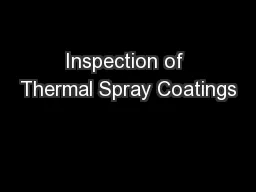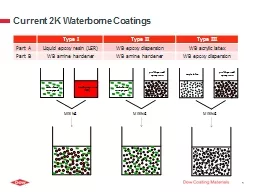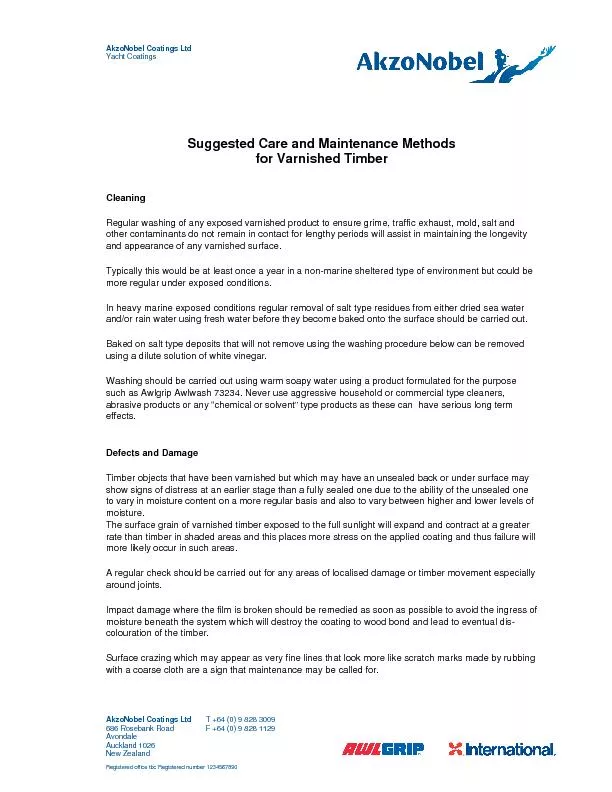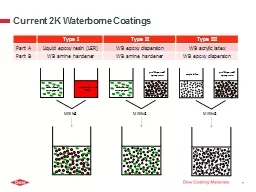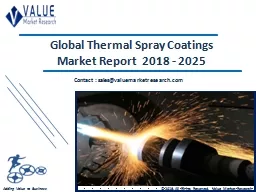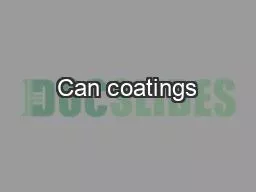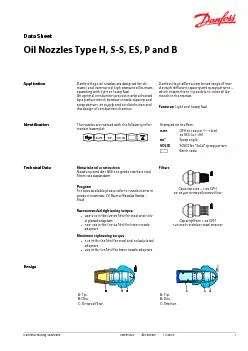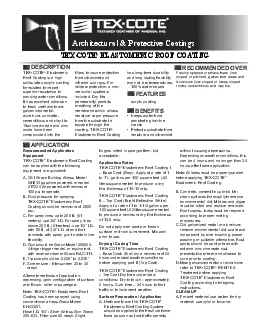PPT-Inspection of Thermal Spray Coatings
Author : pamella-moone | Published Date : 2017-07-11
Presented by Dean Hooks Thermion Scope This webinar defines thermal spray coating TSC and provides an overview of its inspection Introduction This webinar will review
Presentation Embed Code
Download Presentation
Download Presentation The PPT/PDF document "Inspection of Thermal Spray Coatings" is the property of its rightful owner. Permission is granted to download and print the materials on this website for personal, non-commercial use only, and to display it on your personal computer provided you do not modify the materials and that you retain all copyright notices contained in the materials. By downloading content from our website, you accept the terms of this agreement.
Inspection of Thermal Spray Coatings: Transcript
Download Rules Of Document
"Inspection of Thermal Spray Coatings"The content belongs to its owner. You may download and print it for personal use, without modification, and keep all copyright notices. By downloading, you agree to these terms.
Related Documents

